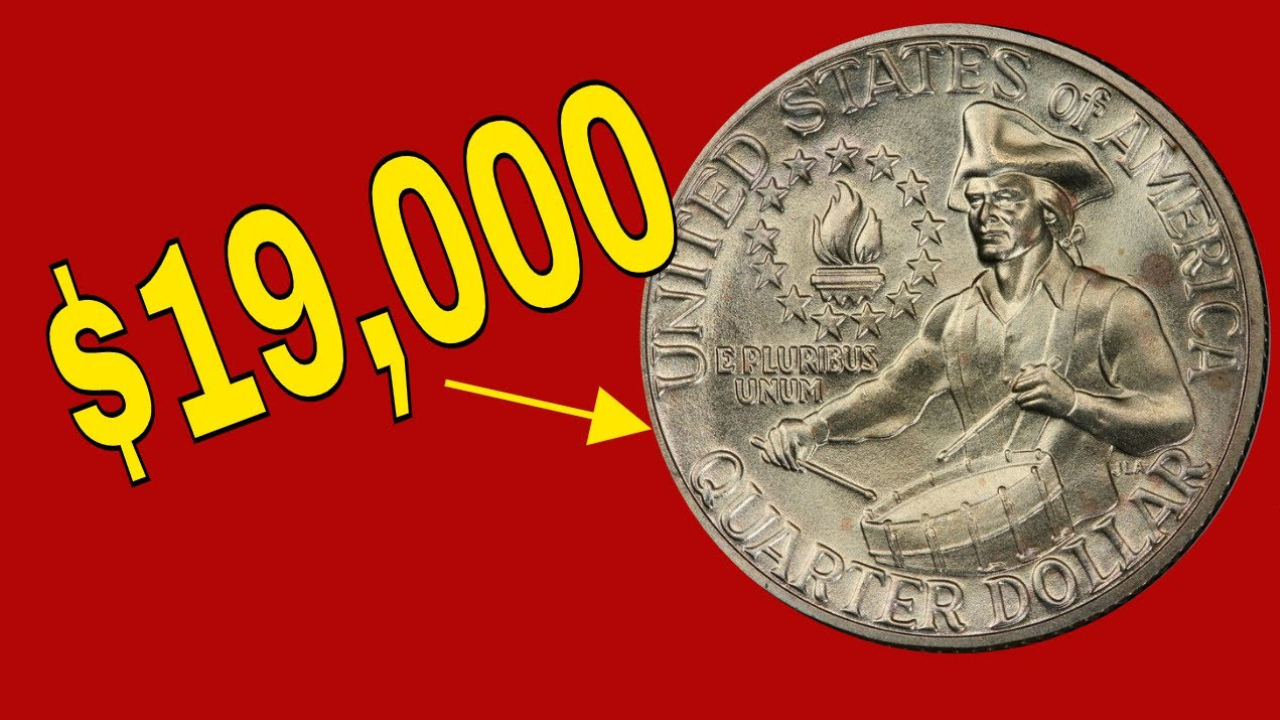Rare Bicentennial quarter:That quarter in your pocket could be very valuable. The 1976 Bicentennial quarter, minted to commemorate America’s 200th birthday, is a rare edition that collectors say could be worth up to $1 million. Most of these quarters are worth just 25 cents, but special minting errors and unique features make some stand out. If you have a collection of loose change or old coins, it’s time to check out this hidden gem. Here’s what makes this quarter so special and how to identify it.
$1,702 Stimulus Payments for Everyone – Full Payment Schedule for June 2025
Coin for a Big Celebration
The U.S. Mint released the Bicentennial quarter in 1976 to commemorate 200 years of the Declaration of Independence. With a unique design showing a colonial drummer on the reverse and a double date of 1776-1976, it was a hit with the public. More than 1.6 billion coins were made, so they’re common in everyday change. But some rare coins, particularly those from the San Francisco Mint, have features that skyrocket their value, making them a collector’s dream.
Silver Surprise
The most valuable Bicentennial quarters are the 1976-S Silver Proofs, minted in 40% silver for special collector sets. Graded PR70 by PCGS or NGC, in perfect condition, these coins can sell for $500,000 to $1 million at auction. Look for the “S” mint mark below the eagle on the reverse. These coins were intended for collectors, but some accidentally entered circulation, making them a rarity among pocket coins.
| Coin Type | Feature | Estimated Value |
|---|---|---|
| 1976-S Silver Proof | PR70 Condition | $500,000–$1M |
| 1976-S Silver Proof | PR69 Condition | $5,000–$10,000 |
Mistakes that Come at a High Price
Mint mistakes can turn a common quarter into a treasure. The double die obverse error in the 1976-D quarter is a major error. This error doubles parts of the front design, such as “LIBERTY” or the date. These coins, especially in high grades like MS67, can fetch from $10,000 to $100,000, with the rarest examples fetching close to $1 million. Another error to check for is the “No S” proof coin, where the mint mark is missing—only a handful exist, and they’re worth a fortune.
| Coin Type | Error | Estimated Value |
|---|---|---|
| 1976-D | Double Die Obverse | $10,000–$100,000 |
| 1976-S | No S Mint Mark | Up to $1M |
Condition is Important
The value of a bicentennial quarter depends greatly on its condition. Nearly full-size coins, graded MS67 or higher for circulation coins or PR70 for proofs, are the most valuable. Handle your quarters carefully to avoid scratches or wear, which can reduce their value. If you think you’ve found a rare coin, have it examined by a professional grading service like PCGS or NGC to confirm its grade and authenticity.
Start your treasure Hunt
You might have a million-dollar quarter in your wallet right now. Check coin rolls, old piggy banks or family collections for 1976 quarters, especially those with an “S” mint mark or odd-looking designs. Use a magnifying glass to look for errors like doubling or missing mint marks. If you find a great coin, take it to a coin shop or auction house for evaluation. The biannual quarter is a reminder that even everyday changes can hide a life-changing surprise.

